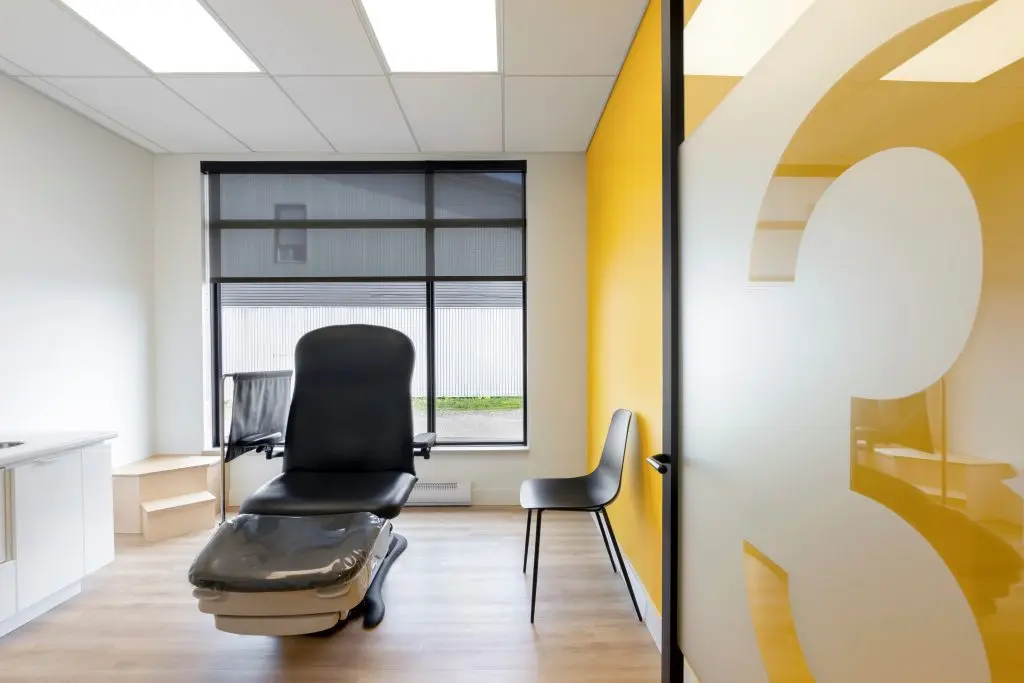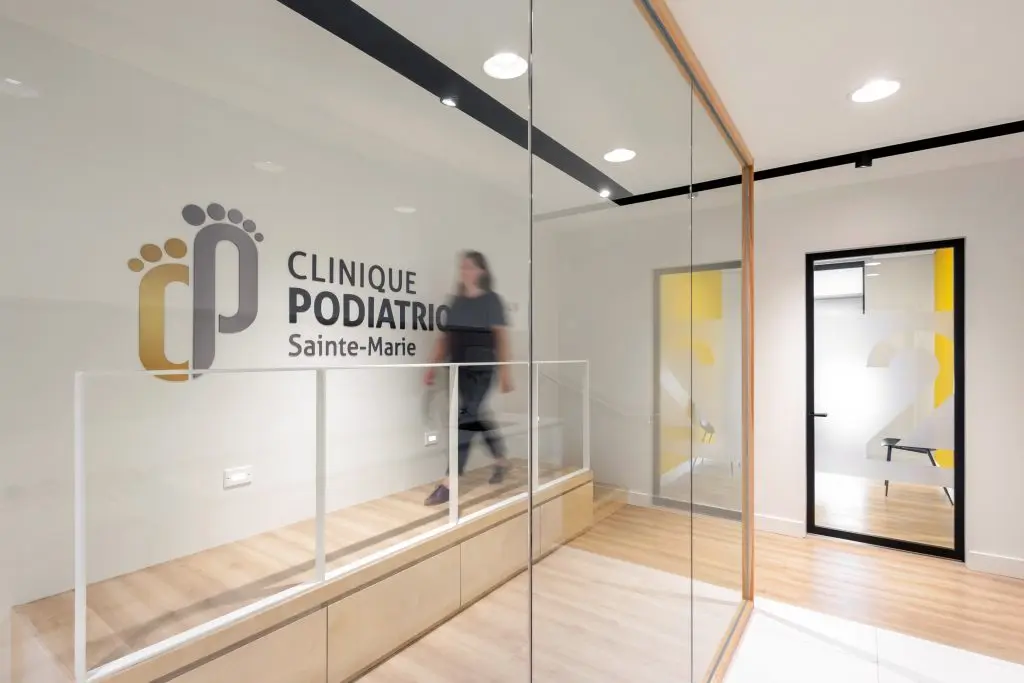
Located along Route 173, the Sainte-Marie de Beauce podiatry clinic offers invaluable podiatry services to the residents of Sainte-Marie de Beauce.
Regardless of their condition or age, the locals can count on receiving the best treatment for their pain and other foot-related problems. Furthermore, the entire team at the Sainte-Marie clinic works tirelessly to offer innovative solutions that improve your quality of life.
Among its state-of-the-art arsenal, the clinic is the only one in the Sainte-Marie de Beauce region to employ Cryovizion technology. This imaging system is ideal for effectively assessing and correcting your posture.
Sainte-Marie de Beauce podiatry clinic
419 Boulevard Vachon N,
Sainte-Marie, QC G6E 1L8
directions
1-581 553-1453 Phone
Monday
8:30 - 19:00
Tuesday
8:30 - 17:00
Wednesday
8:30 - 17:00
Thursday
8:30 - 17:00
A duo of podiatrists that care of their neighbors
Dr. Marie-Michelle Gravel is the podiatrist who founded the Sainte-Marie de Beauce clinic in 2013. Her goal was to provide the residents of the region with podiatric care that meets the highest standards of excellence. Dr. Gravel is very involved with her community and the quality of her service is complemented by her great empathy toward her patients.
Contact this clinic now and let them take good care of your recovery.








Frequent problems
Treatments provided
- Plantar orthotics: types, benefits, and adaptation tips
- Cortisone injections
- Foot care – Nails, corns and calluses treatment
- Evaluating Children’s Feet
- Biomechanical exam : symptoms and treatments
- ShockWave therapy : therapeutic benefits and treatment
- Digital radiography of the foot
- Nail culture : importance, advantages and procedure
- Therapeutic foot taping
- Manual foot therapy : personalized treatment plan
- Postural evaluation
- 2D and 3D digital imaging
- Podopediatrics treatments
- Stress fracture in the foot
- Treatment for excessive foot sweating
Responsible for personal information/confidentiality: Marie-Michelle Gravel
Request an appointment at the clinic
Leave us your contact details and availability and we will contact you to make an appointment.
Please note that if you are seeking podiatry services following a work-related accident (CNESST) or a road accident (SAAQ), please contact us before your appointment to obtain more information about the reimbursement procedures.





